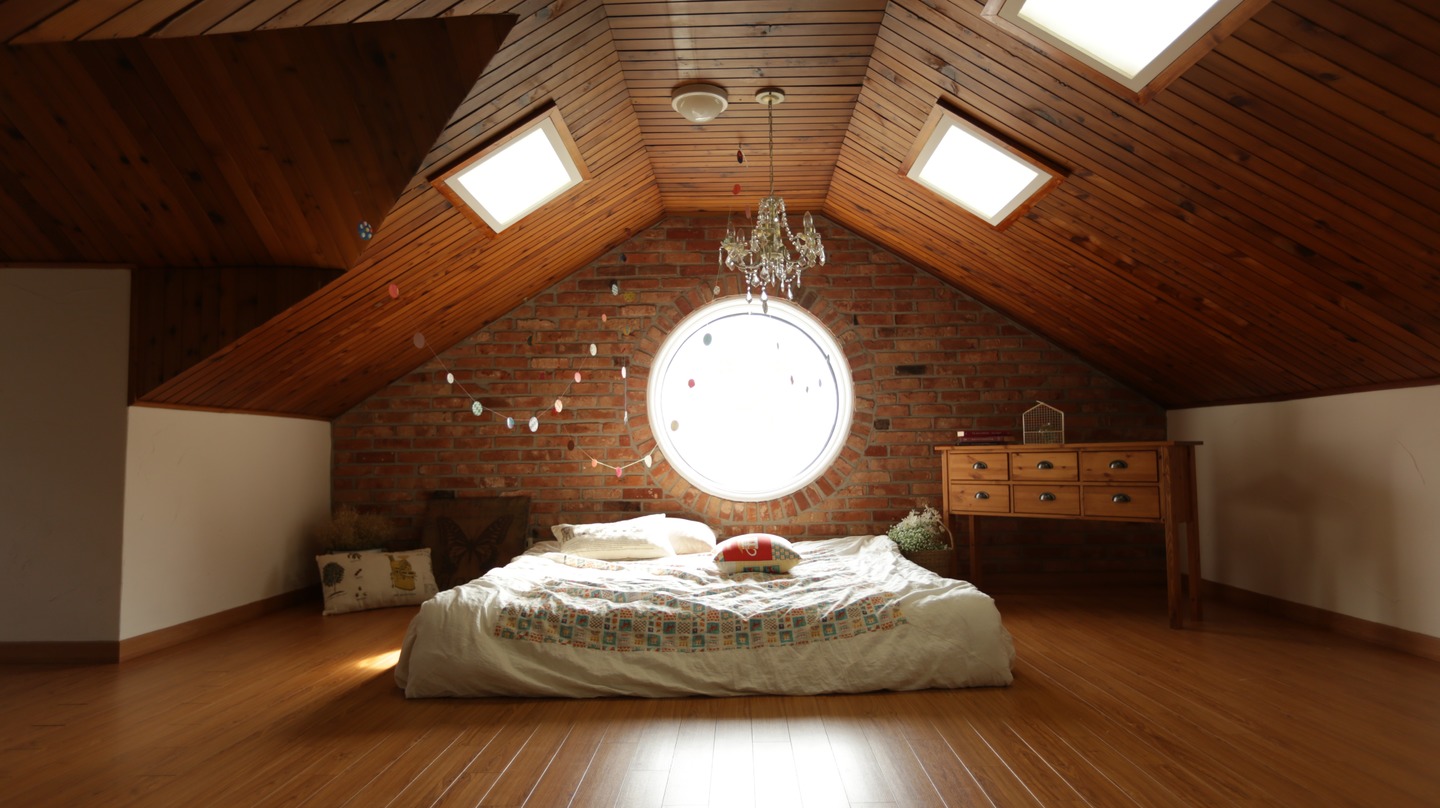Sponsored
In order to reduce heat loss in your home, the most effective thing to do is to install insulation. This will also help you reduce your energy consumption. Saving money on your gas and electricity can help the environment by reducing carbon emissions. If your home is poorly insulated, the excessive heat loss could mean that you would pay more than you need to in heating the home. This is true even if you have invested in a new boiler. Before you get started on insulating your home, there are a few things you should consider.
Things to Consider
When you are thinking about insulating your home, take a look at the loft. You should know whether your walls are solid or cavities. The floor is also important and you should see if your home has been properly draught-proofed. Pipes, tanks, and radiators are also key and you should manage the condensation in your home. Without insulation, you could lose 25 percent of the heat in your home is lost through the roof. This costs around £140 a year for a typical semi-detached home. The recommended amount is 27 cm of insulation in your loft. Increasing the insulation by about 15 centimeters could help you save £25 a year on your bills and keep you warmer than you would be otherwise.
Why do you Need Insulation?
A quarter of the heat that is lost goes through the roof, heat rises after all. By fitting the insulation in your loft, attic, or roof space is a great way to improve your home and make it more comfortable. It will last more than 40 years and will pay for itself in the amount of money you save on your energy bills. The cost of insulation is low compared to the money you lose on energy bills.
What’s Loft Insulation?
When you insulate your loft, you are putting material between the joists, the horizontal beams along the floor of your attic. They can also be between the rafters, the angled beams that keep up the roof. This slows down the transfer of heat from your living space to the outside. This will create a warm home in winter, insulation will also cool your house in the summer.
Benefits of Roof Insulation
According to the site MoneyPug, a site used to switch energy supplier, not only will you lower heat bills, you can minimize your home’s carbon footprint with insulation by decreasing the carbon emissions related to your home. This improves your property’s energy efficiency rating and even increase your home’s value. An average three bedroom that is semi-detached can start at about £50 for DIY installation. With gas-centric heating, it could take less than a year for the insulation to pay for itself. It depends on how large your loft is and how much insulation you are putting in, but you could save a lot of money.
Installing Insulation Yourself
The most popular way to insulate your home yourself is to use insulation blankets between the joists and rolls of roof insulation. A dry attic with easy access facilitates this process, which could be made of mineral wool, glass fiber, or other materials. When you are going to install the insulation yourself, you will start by removing anything in the loft that gets in the way. Measure the space and buy enough of the blankets to fill it. Then you unroll the insulation and lay it between the joists. A second layer will help you insulate further.
Cavity vs. Solid Walls
Most homes have either solid or walls with cavities. A third of the heat loss goes through unfilled cavities and an uninsulated solid wall may lose up to double that. If your home is old, it probably has cavity walls and newer homes have insulated cavity walls. Depending on the thickness of the wall, you will lose a different amount of energy through them.
Whatever walls you have with whatever thickness, insulating your home will help you save a lot of money. There is no reason not to, you will save money in the long run. If you are trying to get started, take a look at the specs of the home and then you will know how much insulation you will need to improve the energy as well as the heating and cooling of the home.
A heat pump is one of the best ways to keep your Loft temperature comfortable


